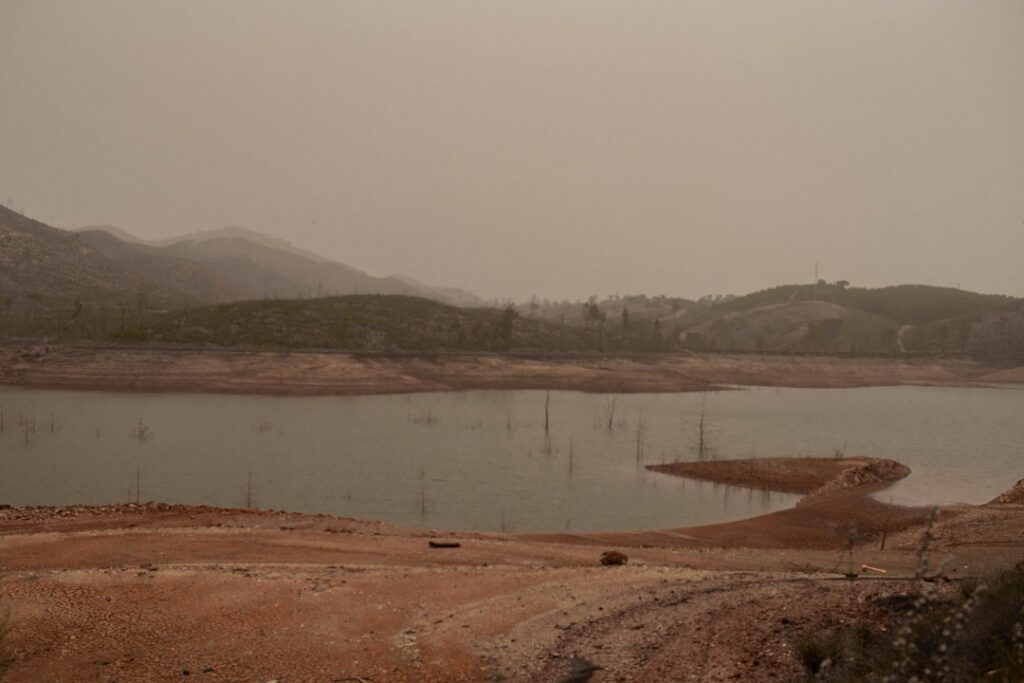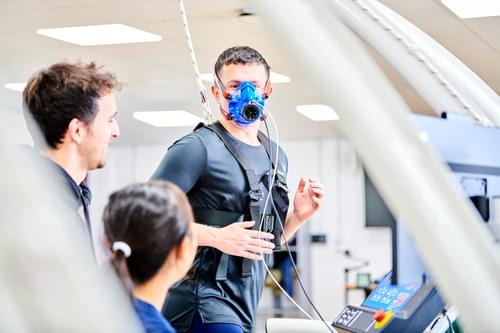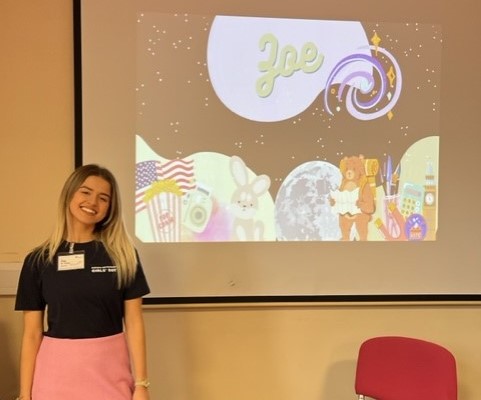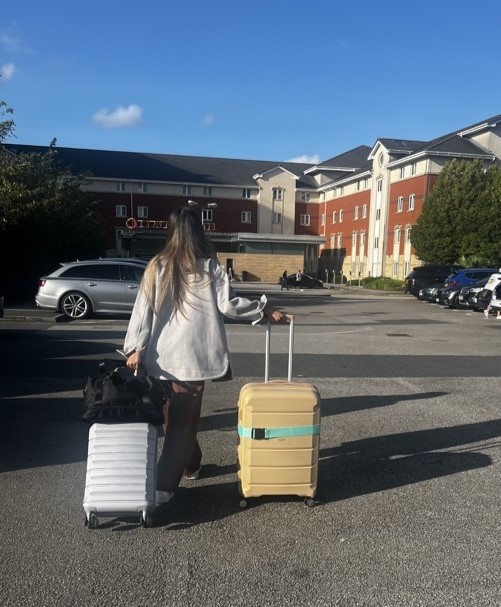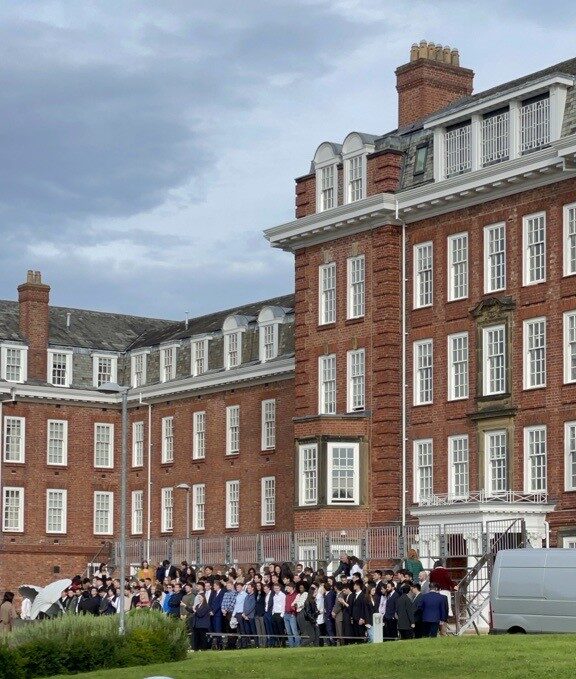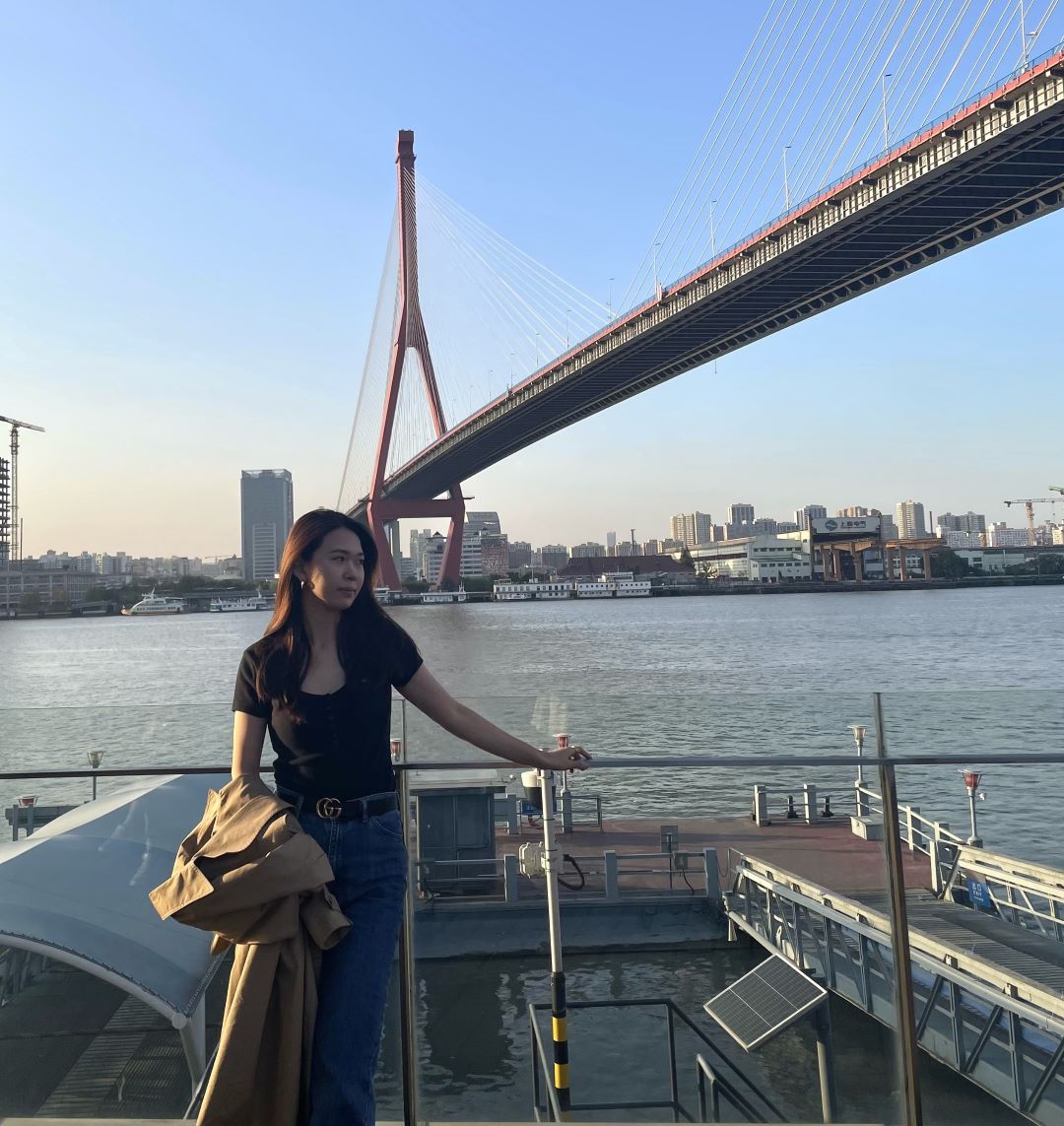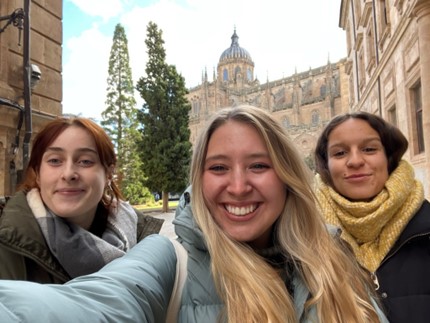Flashes of scenery from the highway. The looming silhouette of a black bull against the blue sky. Flashes of scenery from a train. Arid scrub and seas of plastic greenhouses. I am abroad on PhD fieldwork, triangulating a research visit at the University of Alicante, visiting a friend in Madrid, then shadowing a Swiss colleague in Huelva. The fieldwork is part of my PhD in cultural geography at UCL. I’m investigating how the concept of ‘air quality’, which is produced as a numerical abstract by scientists and policymakers, might translate into lived and breathed experiences. My qualitative research methods include creative praxis. Some mixed media art projects and filmmaking. In the middle of my fieldwork, when I have a spare couple of hours in transit, I am reflecting on how my current research has been and continues to be fundamentally shaped by an undergraduate module in Contemporary Spanish Cinema.
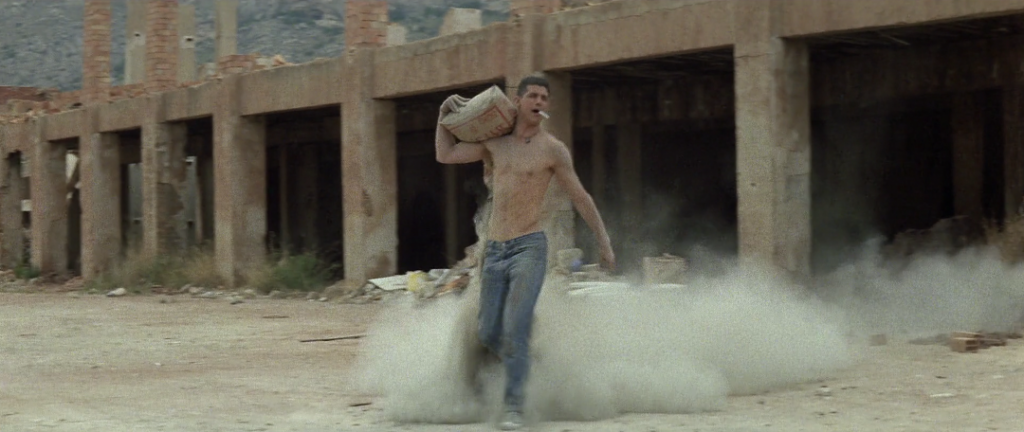
It was not a conscious decision to conduct post-graduate research in the regions the cultures of which I studied during my undergraduate degree in Modern Languages and Philosophy at Durham. The research topic of air quality could have taken me to many, many locations in the world. Yet I must admit that I have been drawn back to the landscape I first encountered via the silver screen. Except instead of travelling through cinema, I am engaging with the environment and the people of the Mediterranean Basin in person. I think of the journey that Javier Bardem’s character in Huevos de Oro made from the autonomous city of Melilla to Benidorm. In the film, the mainland is a promise land, a place where the protagonist can reinforce his masculinity by having it all (Sabin 2017). There is some synergy between the film and two of my PhD case studies, particularly when it comes to mobilities across the Mediterranean from North Africa, which are an ingrained, complex fact of regional identities here.
I am co-investigating the effects of occupational exposure to airborne pesticides on the sexual and reproductive health of migrant, mostly Moroccan, workers in Andalusia where most of Europe’s strawberries are produced. I’m shadowing an ethnographic study, then will collaborate with scientists at the University of Bern to develop creative processes for making toxicity tangible. A linked case study – because I’m killing two birds with one stone here in Spain – focuses on perceptions of Saharan dust brought to this fringeland of Europe by the southeasterly Sirocco. The calima (haze) caused by Saharan dust ‘intrusions’ is inflected with Otherness in news media and historical sources. I’ve applied for funding to make a short film about it, which would be narrated (off-screen) by Time herself. The script would poetically draw together local stories about dust-laden winds. I’m envisioning a montage of beautiful, abstract imagery of dust clouds sweeping across the Mediterranean, close-ups of wind-blown sand, orange sunsets, an hourglass.
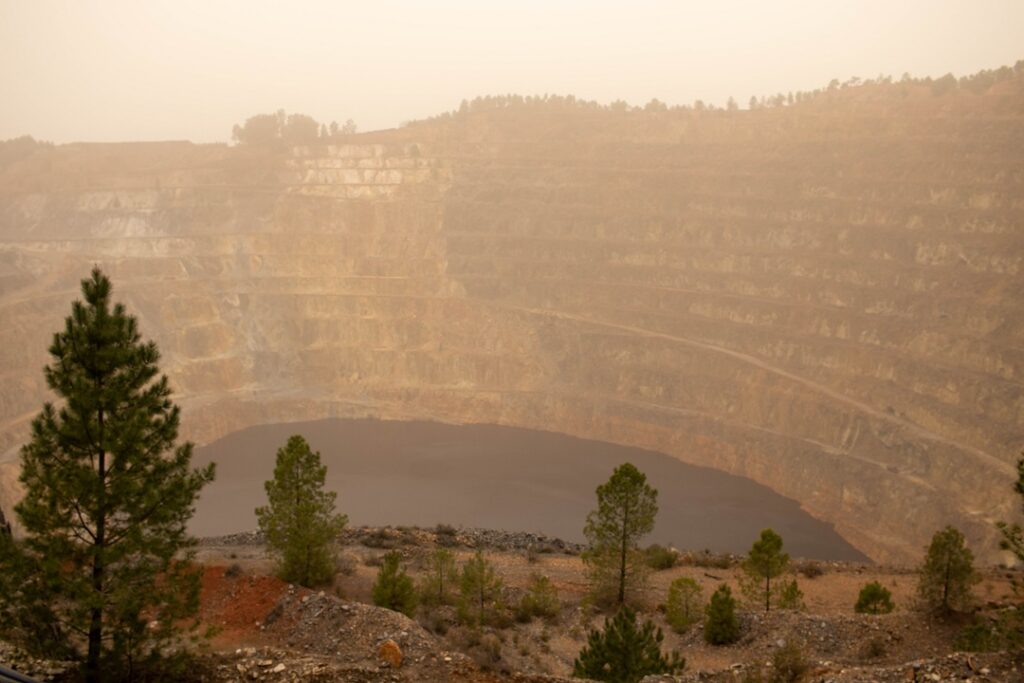
Tracing back the sands of time, six years ago I was volunteering at a Bigas Luna Tribute in Newcastle. It was the second annual event in an ongoing series, organised by my tutor and dissertation supervisor, Professor Santiago Fouz Hernández, author of Cuerpos de cine (2000). I had recently completed his module Contemporary Spanish Cinema and had speculatively submitted a revised version of a piece of coursework to the journal, Film Matters. My first peer-reviewed paper! Since then, screen and cultural studies have played a pivotal role in the development of my early-stage research. Theory has, for me, led to practice, as I grow a digital arts portfolio.* While studying regional identities, and particularly emplaced gender constructs under Santiago’s tutelage, has inspired ongoing research in Spain as a cultural geographer. Time is not linear, and memories cannot be replayed like the timecode under a video. Experiences of time have a varying depth of field and leitmotifs that take on new meaning with each recall. The imaginaries of Spanish cinema and especially the films of Bigas Luna continue to echo throughout my research, even if I seem to be here under different disciplinary pretenses. I have, in some ways, come full circle.
Works Cited
Fouz Hernández, S. (2000). Cuerpos de cine: Masculinidades carnales en el cine y la cultura popular contemporáneos. Barcelona: Ediciones Bellaterra.
Sabin, L. (2017). “All or nothing: Representing masculinity in Jamón jamón (Bigas Luna, 1992) and Mar adentro (Amenábar, 2004).” Film Matters, 8(3), 16-20.
Discover more
For more information on Lucy’s artwork and research visit www.lucysabin.world and https://www.instagram.com/artworldsbylucy/
For more about the Bigas Luna Tribute project, please visit the website www.bigaslunatribute.info or follow @bigaslunahomage on Twitter and bigaslunatribute on Instagram.
The project also includes a Bigas Luna podcast (in Spanish) available here.


